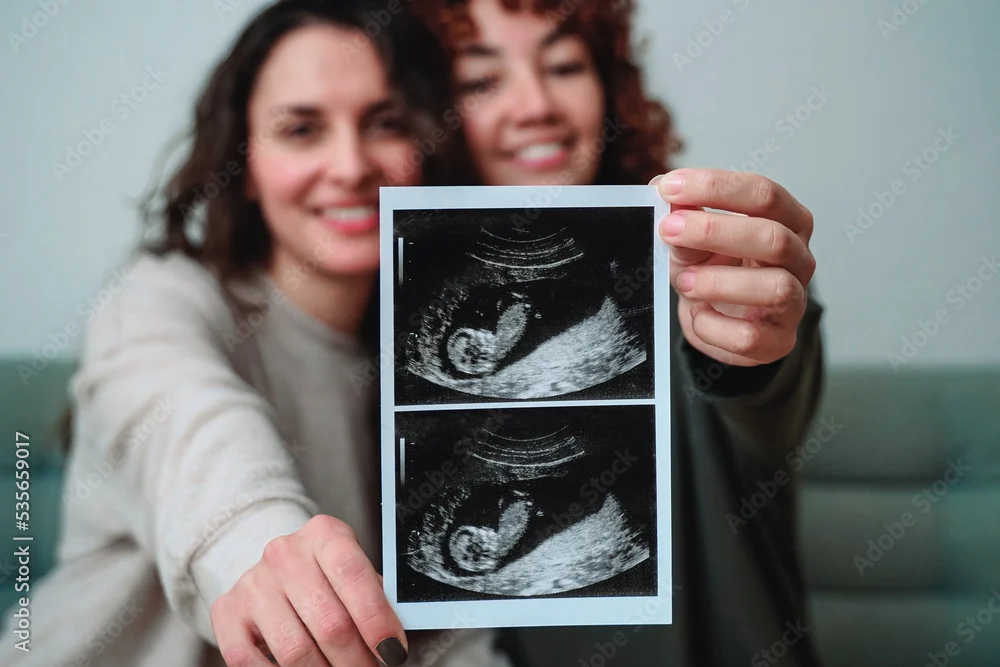In the realm of modern parenting, the concept of attachment parenting often evokes strong feelings and fervent commitment. Yet, as many parents discover, the reality of this approach can sometimes lead to unexpected challenges.
As I sat in my modest kitchen, nursing my newborn daughter, Emma, for what felt like the umpteenth time that hour, I recalled my mother’s voice from the past: “You know, I fed you formula and you didn’t die.” It was a quiet reminder that perhaps I was taking this attachment parenting philosophy a bit too far.
In the weeks since bringing Emma home from the hospital, my life had revolved around creating an unshakeable bond with her. Co-sleeping, on-demand nursing, and wearing her in organic cotton carriers became my daily routine. During pregnancy, I had envisioned strolling through the city with my little one, engaging with the world around us. The cramped quarters of our one-bedroom apartment led me to forgo the crib entirely, embracing co-sleeping instead.
My birth plan was meticulously crafted, emphasizing a natural experience with no drugs—only soothing massages and aromatherapy. I was armed with playlists and essential oils, ready for the journey ahead. However, the reality of Emma’s birth was far from my expectations. After enduring hours of labor at home, I arrived at the hospital overwhelmed and in desperate need of an epidural. The experience spiraled out of control, culminating in Emma being rushed to the NICU after inhaling meconium. My dreams of a serene childbirth were replaced by fear and uncertainty.
Once Emma was finally home, my instincts to protect her intensified. I became hyper-vigilant, never allowing her out of my sight. The expensive stroller sat unused in the corner, while I held her constantly, even showering with a waterproof carrier strapped to my body. My commitment to attachment parenting morphed into an obsession, leading me to judge other parents for choosing different paths, such as using formula or hiring babysitters.
As time went on, my mental and physical health began to deteriorate. I lost weight, experienced hair loss, and felt perpetually exhausted. One night, in a moment of desperation, I snapped at Emma during one of her frequent night feedings. It was a stark realization of how far I had strayed from my original intent to nurture her.
This turning point made me aware that an overzealous approach to attachment parenting was affecting both of us. I recognized the necessity of self-care—something I had neglected in my quest to bond with my child. A well-rested mother is far more effective than one who sacrifices her well-being. The instinct to protect and connect with our children is powerful, especially for those of us dealing with difficult circumstances.
In conclusion, the journey of motherhood is a continuous learning experience. Striking a balance between attachment and self-care is essential for both mother and child. By embracing this balance, I have begun to enjoy the ride of parenthood, learning to appreciate the moments while also prioritizing my own well-being.
For more insights on home insemination and parenting, you may find valuable information in our other blog posts, such as “Understanding the Basics of Home Insemination”. For those considering alternative family planning, resources like this guide offer essential guidance. Additionally, the CDC provides an excellent resource for pregnancy and home insemination at this link.
Summary
Attachment parenting can be a double-edged sword; while aiming to foster a close bond with your child, it’s crucial to remember the importance of self-care. Finding the right balance can enhance the parenting experience, ensuring both mother and child thrive.
